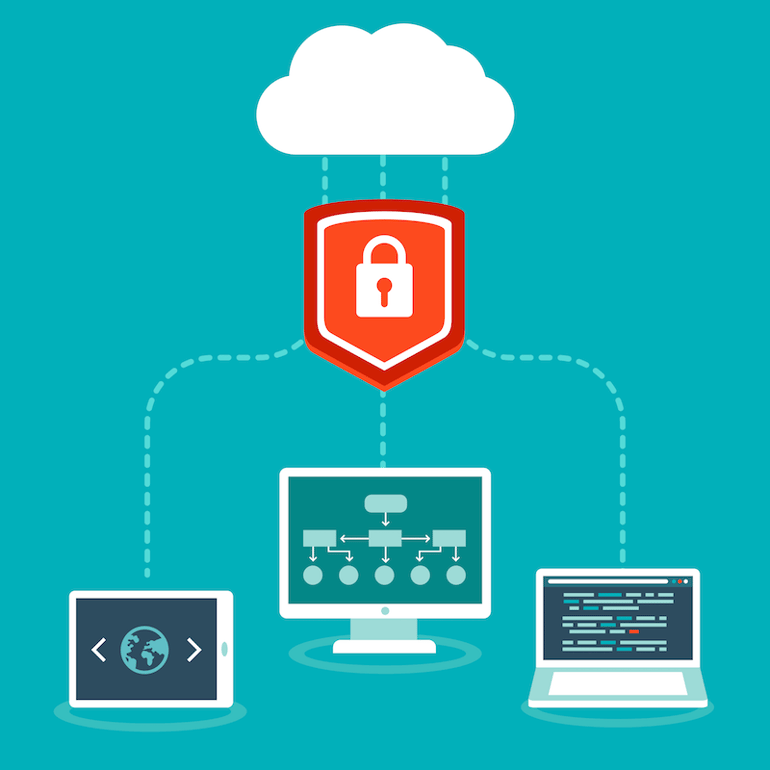Reduce TMS Implementation Times

Get up in running in a few days/weeks, not many months
Legacy transportation management systems (TMS) are notorious for taking up to a year or longer to install and implement. It’s no wonder why only large companies have traditionally used them. To get the benefits of a real TMS a company had to have the staff and budget for large-scale project management, making the purchase difficult to justify.
As TMS solutions have moved to the cloud, costs and implementation times have plummeted and are now within reach for small and medium size companies. At the same time, advancements in technology have caused TMS quality and capabilities to skyrocket.
Smaller and medium sized companies don’t have a year and the additional staff to devote to a TMS implementation.
Today’s TMS customers benefit from instant, accurate and visible rate information for hundreds of carriers and freight brokers, routing optimization, packing optimization, order fulfillment automation, multi-modal support, shipping document creation and printing (bills of lading, invoices, labels and internal documents), and real-time shipment tracking. And it’s all done within one web-based platform.
Better yet, with current cloud-based TMS solutions, companies no longer have to plan a year or more for implementation. Many can be set up in a matter of days.
Modern, cloud-based TMS setup is easy.
The problem with legacy
Legacy systems were not built with the internet in mind. They also didn’t take into account the need to integrate with a myriad of other business systems. Software programs at the time didn’t easily speak to each other, and were so expensive that only large companies could extract meaningful value. Today, a TMS must talk to many other software systems to make sure there’s a good workflow process and to ensure company-wide visibility.
Cloud/SaaS installation
One reason that installation is much easier is that data is brought into TMS systems using these sources:
- API: Many cloud solutions are API-based products that can speak to your CRM, shopping cart, OMS and/or ERP.
- The Internet of Things: IoT provides real-time data, which improves shipment tracking.
- Plug-ins: Plug-ins for popular eCommerce platforms, WMS, ERP, CRM and accounting platforms speed setup and facilitate real-time data exchange.

Easy updates
While updating software isn’t something top of mind when implementing a new system, everyone knows that software is constantly tweaked and improved. With the cloud model, there are no patches to install manually or buttons to push to start an update online. Plus, customers don’t have to install the updates; they’re automatically handled by the provider. There’s also virtually no down time for updates; they’re frequently pushed while you sleep.
No down time
Cloud-based TMS systems require no down time to implement. Testing is done offline pre-launch, using applicable customer data to ensure that the right requirements are met. Users are frequently trained before the system goes live, and given the nature of the modern interface, that training is usually easy.
Cost savings in implementing sooner
TMS efficiencies generate massive cost savings, making it imperative to install quickly once a decision has been made. According to a recent report by Transparency Market Research, the TMS market is expected to grow from about $9bn today to over $30bn by 2025. The main driver is cloud-based systems that offer mobile functionality and accessibility. TMS systems aren’t just for the big players anymore. Small and medium sized businesses can take advantage of the many benefits traditionally leveraged only by their large competitors.
Implementation is not the lengthy process it once was, and now that TMS systems are financially in reach for companies of all sizes and in all industries, they’re gaining wider adoption. A good TMS provides shipper and rate visibility, increased warehouse efficiency, shipment tracking, and substantially lower shipping costs.
Ready to find out more? Reach out to a shipping expert today!
